Wed, 23 November, 2022
We are pleased to announce that the refurbishment of the historic Abington Hall, which is on the site of TWI’s headquarters near Cambridge, UK, has been completed.
We worked alongside property consultants, Carter Jonas on the restoration of this Grade II* listed building located in 120 acres of land at Granta Park.
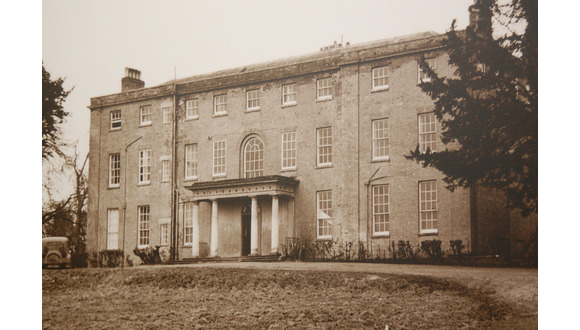
History
The name Abington stems from the 5th Century when it was named as the ‘Farm of Abba,’ and the first mention of a house on the site came between 1042 and 1066 with a dwelling owned by a wealthy Saxon thane called Ulwin.
With the Norman Conquest of 1066, the estate, including ‘Abintone Hall’ were given to the Earl of Oxford, Aubrey De Vere in recognition of his support against the uprising of Hereward the Wake on the nearby Isle of Ely. The Domesday survey of 1086 records that the dues from ‘Abintone’ were collected at the Hall.
The Hall continued to be owned by the de Vere family, aside from short periods where they fell out of Royal favour – such as during The Wars of the Roses, for around 500 years.
The Hall was sold to Robert Taylor of Babraham in 1578, but the near-1000 year connection to the Earls of Oxford unexpectedly recommenced with the recent refurbishments. The architect who worked on the renovations, Demetra Lindsay, is from Hedingham Castle, the historic seat of the Earls of Oxford, from whom the Lindsay family are also descended.
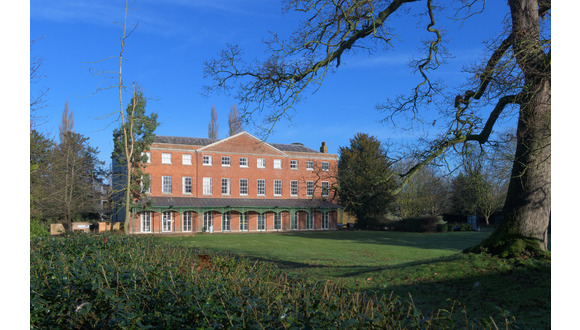
The original Hall was rebuilt in 1599, creating the start of Abington Hall as it is now and the remains of the medieval foundations, dating back to the early 16th Century, can be seen in the basement.
The Hall was significantly remodelled in the late 18th century and put up for sale in 1791, passing between several different owners over the next 200 years. Among these was John Mortlock, the founder of Mortlock’s Bank in Cambridge, which became one of the founding banks of Barclays.
Mortlock rented the Hall to different tenants before it was purchased by JJ Emerson at the turn of the 20th Century and then by Julius Bertram. By 1935 the Hall was unoccupied and so it came to be used for accommodation by the British Military with the outbreak of the Second World War in 1939.
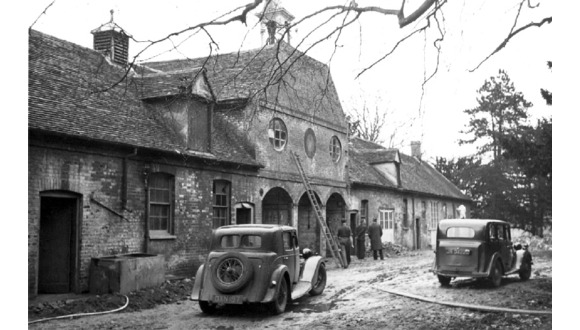
TWI and Abington Hall
With the end of the Second World War, the estate was sold to the British Welding Research Institute (BWRI), a forerunner to today’s Welding Institute, in 1946 for the sum of £3,850. The stables were converted into the welding shop and work continued on the site as the BWRI became TWI in 1968.
TWI continued to develop the Hall and surrounding land, leading to the building of new offices and laboratories on the estate, acting as the catalyst for the modern Granta Park, a leading global life science campus.
The development of these new buildings left the Hall surplus to TWI’s operational requirements, so a decision was made to convert the building so it could be leased to technology and life science companies.
Not only would this support the continued growth of these sectors at Granta Park but it would allow Abington Hall to be reinvigorated and repurposed for a new life.
The Abington Hall Improvement Scheme
As noted above, Abington Hall had fallen into a state of disrepair, so a comprehensive improvement scheme was drawn up by Carter Jonas, including both internal and external repair and refurbishment, as well as reconfiguration to create a more efficient layout.
Below are a series of images of the Hall before the improvement work was carried out:
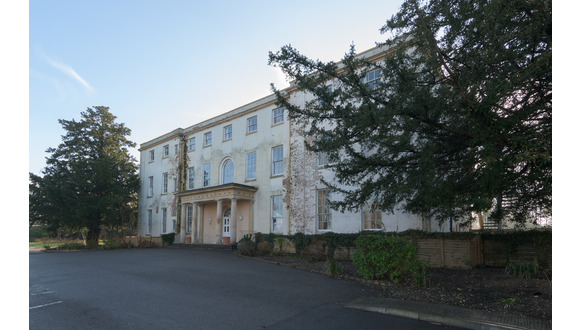
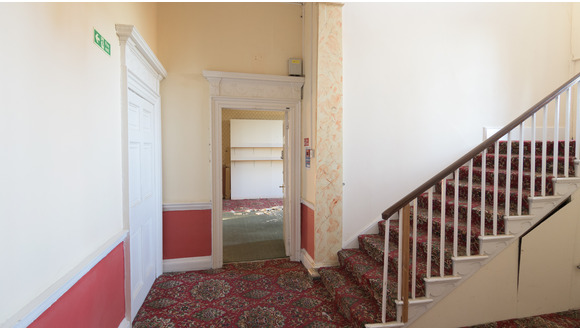
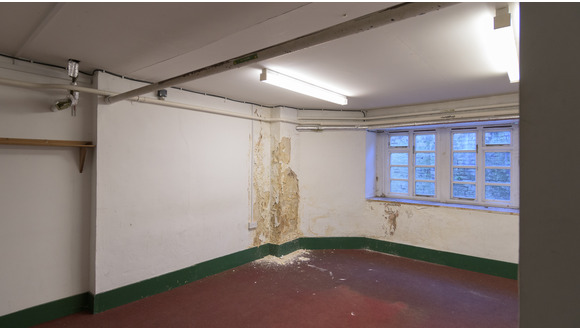
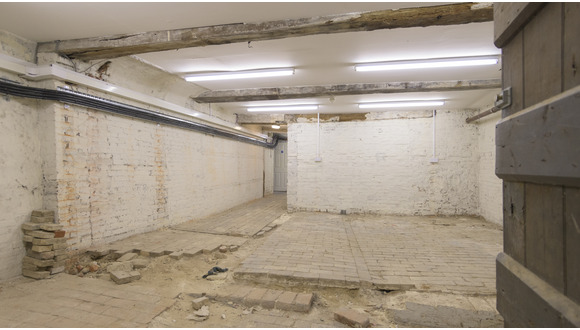
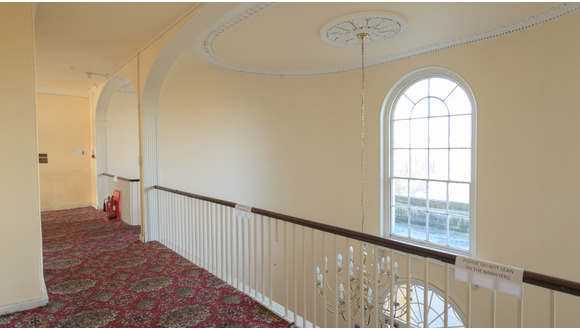
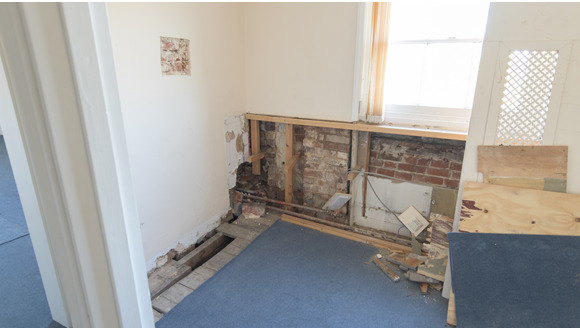
The improvements were also designed to include new features such as the installation of a lift and new washrooms, along with the provision of showers for those who cycle to the site.
In addition, the thermal and acoustic properties of the building were upgraded and a new heating system installed to improve energy efficiency.
The £1.6 million project was financed by TWI with support from the Cambridgeshire & Peterborough Combined Authority (CPCA) in the form of Local Enterprise Partnership (LEP) funding, and we are pleased to announce that the Hall has now been tastefully restored to something approaching its former glory and will hopefully be loved and looked after for hundreds of years more.
Below are some images of the Hall following improvements:
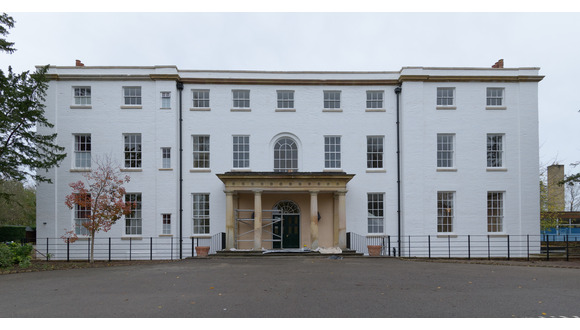
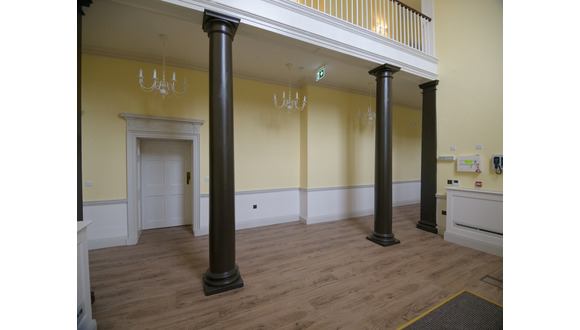
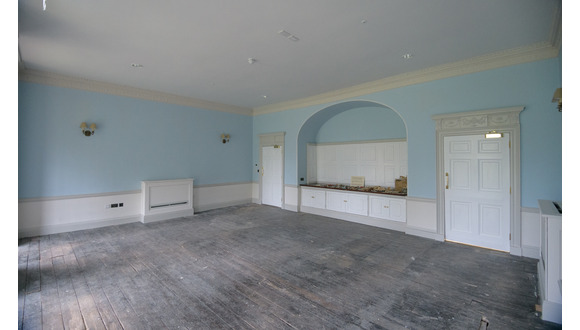
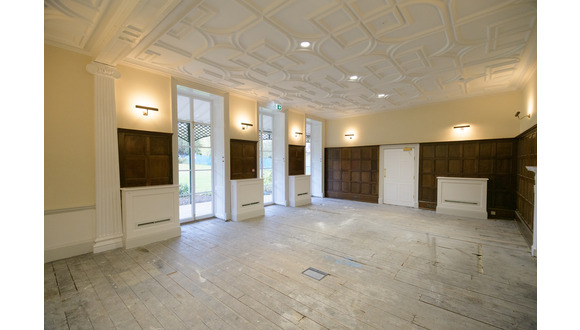
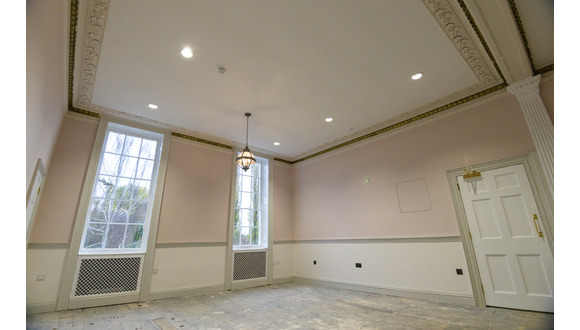
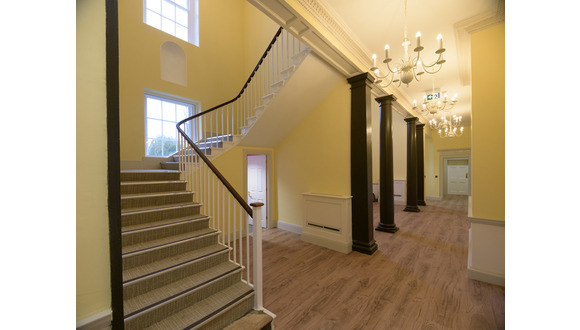
The completed scheme has been carried out to a high standard by local contractors, RM Construction, with office suites now ready to be used. The work has delivered attractive modern office spaces and contemporary facilities whilst retaining the grandeur and elegance of the Hall’s past.
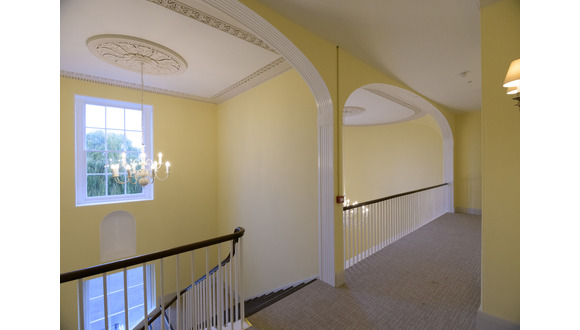
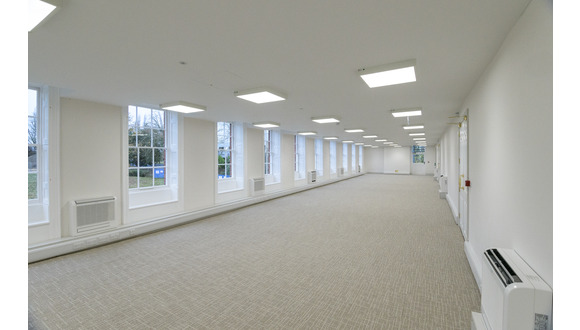
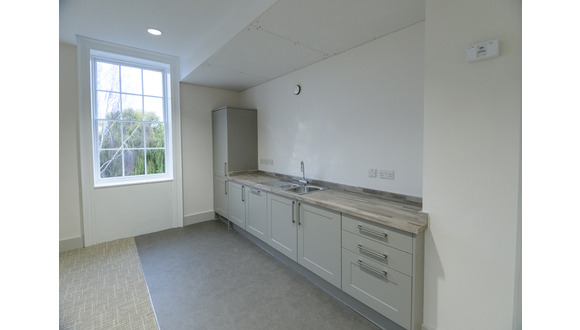
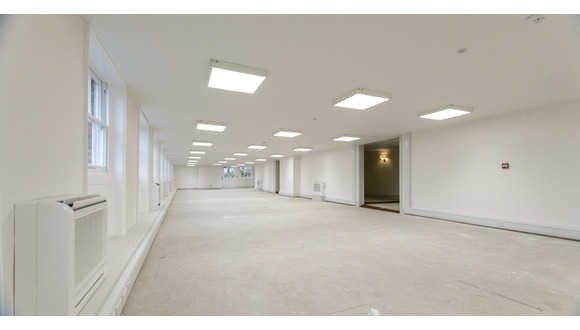
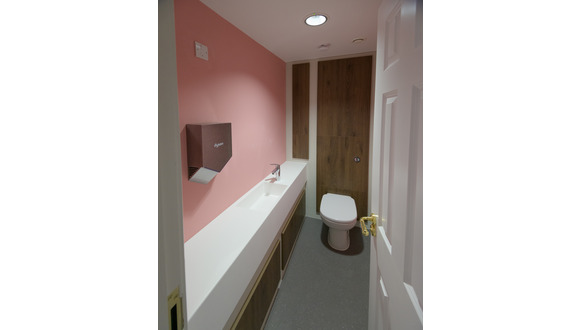
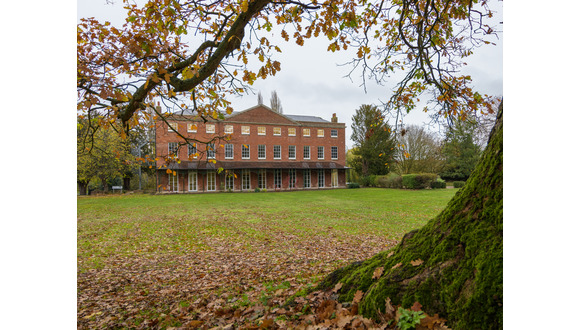
The renovations also uncovered evidence of the Hall’s past in the form of a range of artefacts, including the front page of a national newspaper from 1942 with a headline story about the battle for Stalingrad, along with many personal items including letters, old cigarette boxes and even some forgotten items of clothing!
We are proud to have been able to restore the Hall so it can continue to be a focal point in the area after hundreds of years of use.
While two of the three office suites were placed under offer prior to the completion of the building works, details of the remaining ground floor suite, comprising approximately 2,100 sq ft/ 196 sq m, are still available through the letting agents, Bidwells (contact: harry.blevins@bidwells.co.uk).
See below for a ‘before and after’ video showing the refurbishment work: